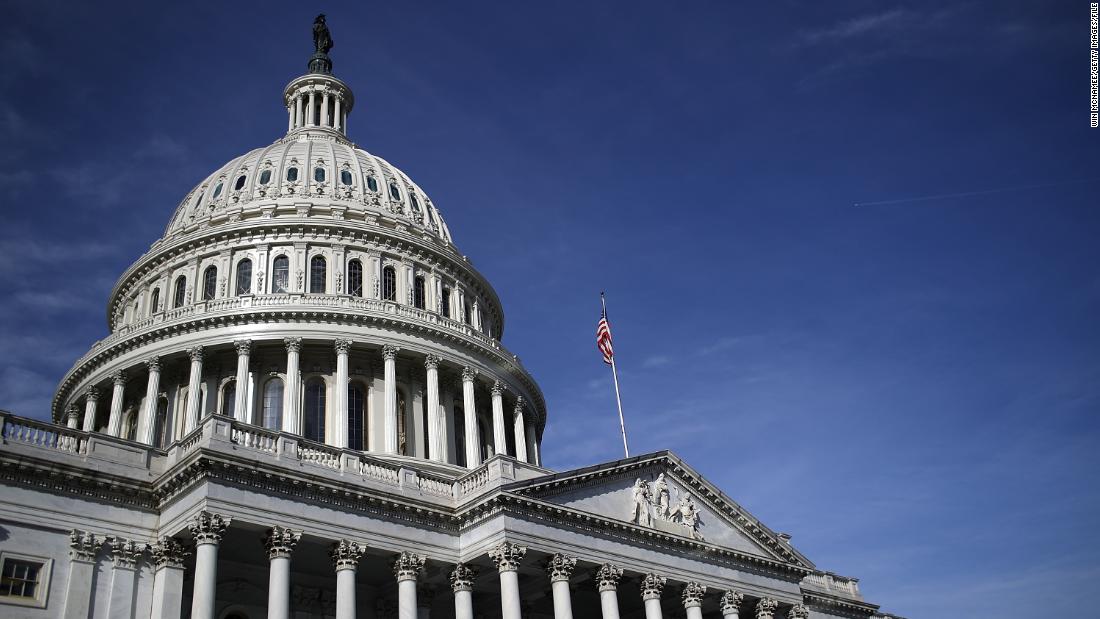Snipping some of the summaries people seem to care most about.
On the checks:
Expansion of unemployment eligibility:
Length and payment:
Unemployment length expansion for people who exhaust their state unemployment benefits:
Funding for states that offer unemployment for reduced work hours:
Incentives for businesses that keep employees on payroll:
Full summary here: https://www.finance.senate.gov/imo/...-by-Section (Tax, Unemployment Insurance).pdf
Healthcare focus summary here: https://www.finance.senate.gov/imo/media/doc/CARES Act Section-by-Section (Finance Health).pdf
On the checks:
Section 2201. 2020 recovery rebates for individuals
All U.S. residents with adjusted gross income up to $75,000 ($150,000 married), who are not a dependent of another taxpayer and have a work eligible social security number, are eligible for the full $1,200 ($2,400 married) rebate. In addition, they are eligible for an additional $500 per child. This is true even for those who have no income, as well as those whose income comes entirely from non-taxable means-tested benefit programs, such as SSI benefits.
For the vast majority of Americans, no action on their part will be required in order to receive a rebate check as IRS will use a taxpayer's 2019 tax return if filed, or in the alternative their 2018 return. This includes many low-income individuals who file a tax return in order to take advantage of the refundable Earned Income Tax Credit and Child Tax Credit. The rebate amount is reduced by $5 for each $100 that a taxpayer's income exceeds the phase-out threshold. The amount is completely phased-out for single filers with incomes exceeding $99,000, $146,500 for head of household filers with one child, and $198,000 for joint filers with no children.
Expansion of unemployment eligibility:
Section 2102. Pandemic Unemployment Assistance
This section creates a temporary Pandemic Unemployment Assistance program through December 31, 2020 to provide payment to those not traditionally eligible for unemployment benefits (self-employed, independent contractors, those with limited work history, and others) who are unable to work as a direct result of the coronavirus public health emergency.
Length and payment:
Section 2104. Emergency Increase in Unemployment Compensation Benefits
This section provides an additional $600 per week payment to each recipient of unemployment insurance or Pandemic Unemployment Assistance for up to four months
Unemployment length expansion for people who exhaust their state unemployment benefits:
Section 2107. Pandemic Emergency Unemployment Compensation
This section provides an additional 13 weeks of unemployment benefits through December 31, 2020 to help those who remain unemployed after weeks of state unemployment benefits are no longer available.
Funding for states that offer unemployment for reduced work hours:
Section 2108. Temporary Financing of Short-Time Compensation Payments in States with Programs in Law
This section provides funding to support "short-time compensation" programs, where employers reduce employee hours instead of laying off workers and the employees with reduced hours receive a pro-rated unemployment benefit. This provision would pay 100 percent of the costs they incur in providing this short-time compensation through December 31, 2020.
Section 2109. Temporary Financing of Short-Time Compensation Agreements
This section provides funding to support states which begin "short-time compensation" programs. This provision would pay 50 percent of the costs that a state incurs in providing short-time compensation through December 31, 2020.
Incentives for businesses that keep employees on payroll:
Section 2301. Employee retention credit for employers subject to closure due to COVID-19
The provision provides a refundable payroll tax credit for 50 percent of wages paid by employers to employees during the COVID-19 crisis. The credit is available to employers whose (1) operations were fully or partially suspended, due to a COVID-19-related shutdown order, or (2) gross receipts declined by more than 50 percent when compared to the same quarter in the prior year.
The credit is based on qualified wages paid to the employee. For employers with greater than 100 full-time employees, qualified wages are wages paid to employees when they are not providing services due to the COVID-19-related circumstances described above. For eligible employers with 100 or fewer full-time employees, all employee wages qualify for the credit, whether the employer is open for business or subject to a shut-down order. The credit is provided for the first $10,000 of compensation, including health benefits, paid to an eligible employee. The credit is provided for wages paid or incurred from March 13, 2020 through December 31, 2020.
Full summary here: https://www.finance.senate.gov/imo/...-by-Section (Tax, Unemployment Insurance).pdf
Healthcare focus summary here: https://www.finance.senate.gov/imo/media/doc/CARES Act Section-by-Section (Finance Health).pdf


